How to Determine What’s Consuming Disk Space on Windows
Ever found yourself puzzled as to why your computer’s disk space is nearing its limit? Figuring out which files or programs are hogging your disk space can be quite a chore.
This tutorial will walk you through the steps to pinpoint what’s occupying all that valuable space. By the end of this guide, you’ll be better equipped to manage and free up disk space efficiently. Let’s dive in!
Understanding the Root Causes of Disk Space Depletion
Often, you might find yourself wondering: What’s using up all my disk space on Windows? Especially when you find your storage nearing capacity with no room for additional files or software.
Various factors can contribute to this situation. More importantly, a lack of disk space can cause your system to lag, and certain applications may fail to function properly. Hence, it’s crucial to keep tabs on your disk space usage. Here are some common reasons why your disk might be running out of space:
- Excess applications or files occupying the disk.
- File system issues that inhibit file deletion or unnecessarily hog space.
- An abundance of temporary or cached files.
- Malware or virus invasions leading to diminished disk space.
- Bulky video files and having multiple user accounts, as they can store vast amounts of files and data, respectively.
Now, understanding the root causes is half the battle. Next, let’s explore how to determine what’s consuming all your disk space using a free disk space analyzer. We’ll shed light on methods that will help you identify space-consuming culprits on your hard drive.
Identifying What’s Occupying Disk Space on Windows
Here are two effective techniques to pinpoint what’s consuming your Windows disk space.
Our first recommendation is EaseUS Partition Master. This tool offers a comprehensive breakdown, showing the space allocation by each application, file, or folder on your hard drive. It’s user-friendly, making it an ideal choice for both tech-savvy users and beginners.
Alternatively, you can utilize Windows’ built-in Computer Settings. Even though both approaches are straightforward, EaseUS Partition Master stands out for its detailed space utilization reports. Moreover, the software boasts a range of other features that allow seamless management of partitions and disks.
Method 1: Identifying Disk Space Consumption with EaseUS Partition Master
One of the simplest ways to determine what’s occupying your disk space is by using the EaseUS Partition Master. This disk management utility allows for effortless management of hard drive partitions and optimizes disk space allocation.
The software offers a clear insight into the elements consuming space on your computer, along with an option to directly free up space.
Download EaseUS Partition Master
Below are the steps to utilize EaseUS Partition Master to examine disk space usage after its installation:
- Open EaseUS Partition Master and navigate to ‘Discovery’. Search for and download the ‘Space Analyzer’ located under the ‘Frequently Used Tools’ section.
- Upon accessing the Space Analyzer, choose the desired disk for analysis and click the ‘Analyze’ button located at the upper right.
- After a brief wait, the comprehensive data will be displayed. Browse through ‘Folder’ or ‘File’ tab for assorted data categories. To delve deeper into a file’s contents, simply click the folder icon adjacent to it.
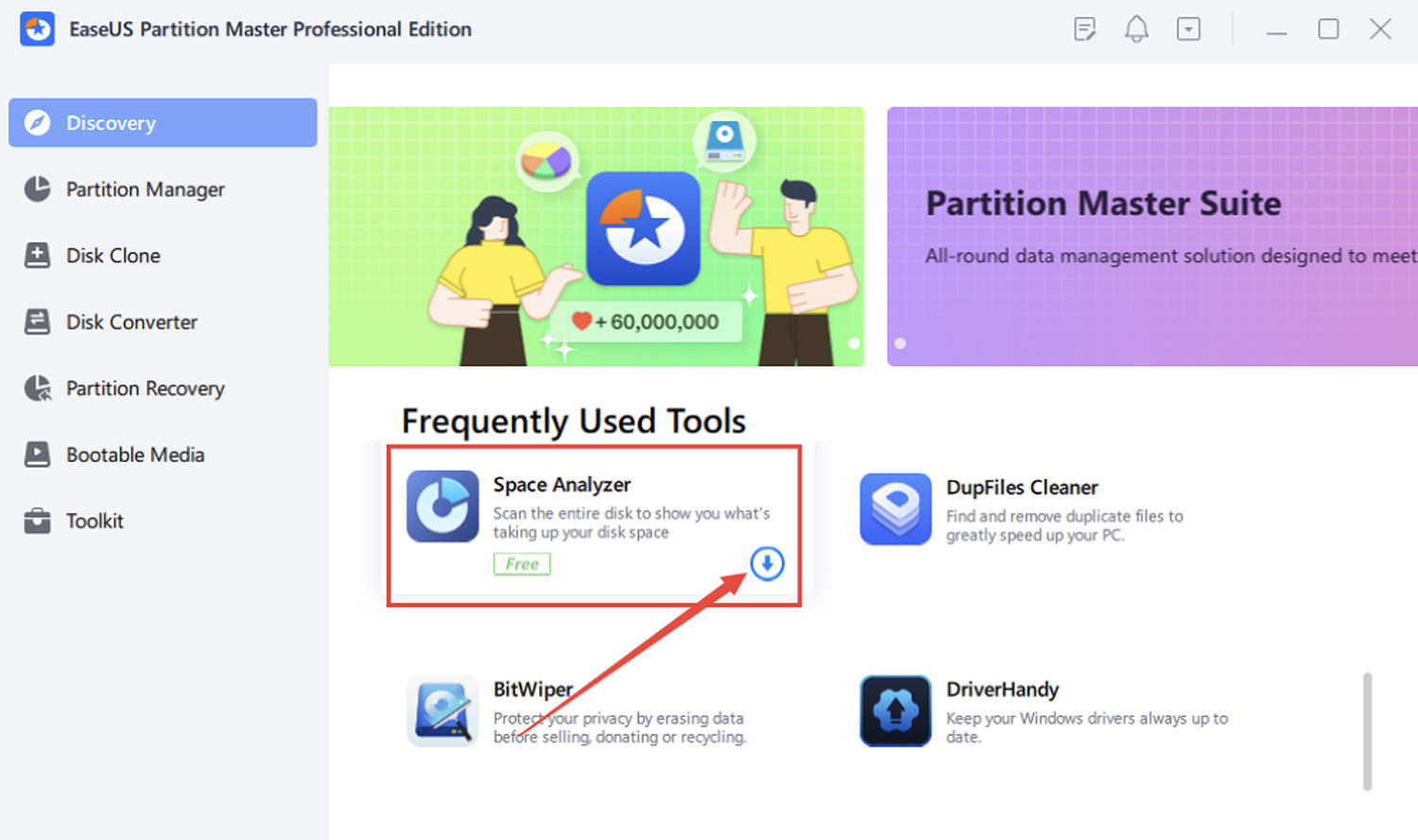
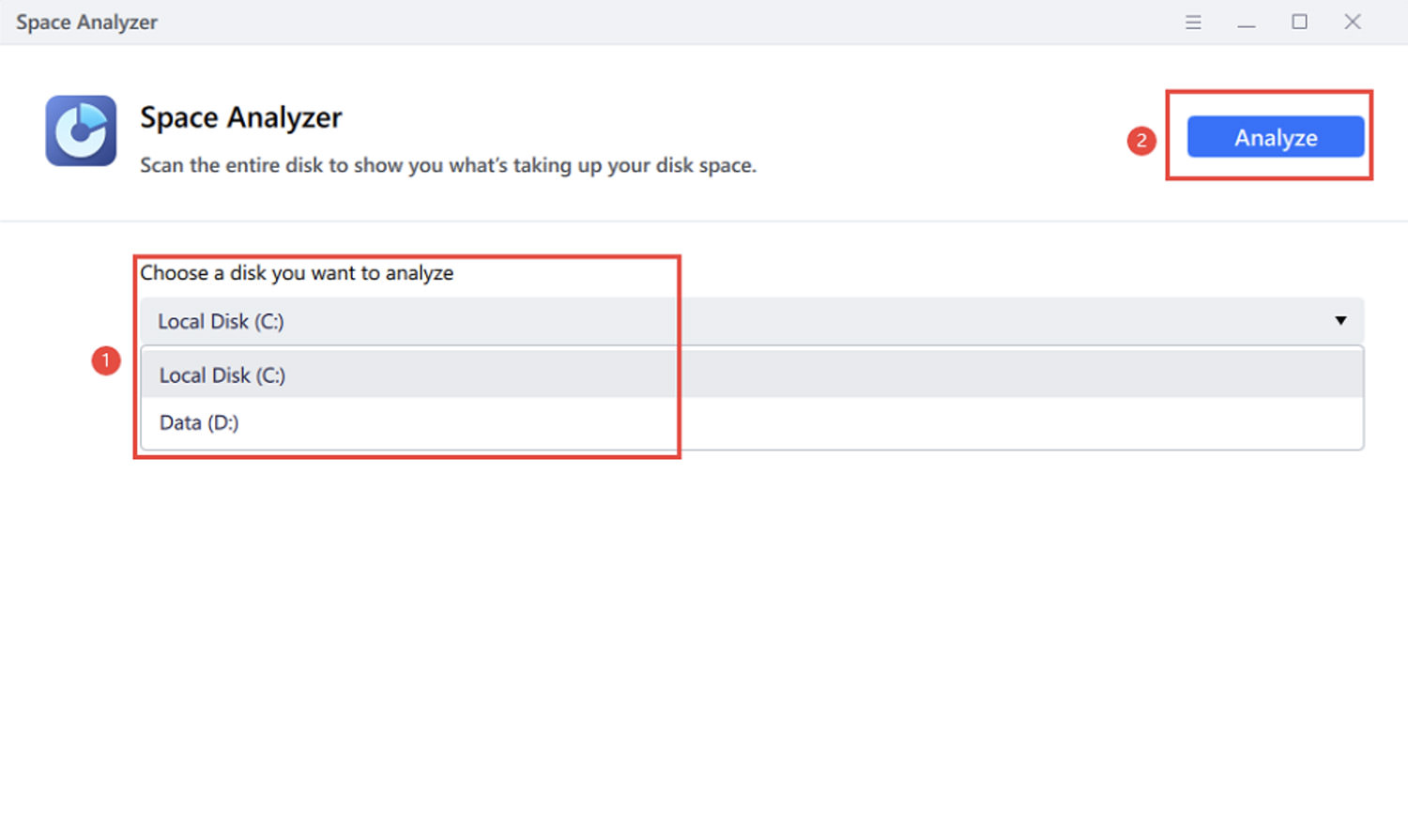

Alongside disk space management, the EaseUS Partition Master boasts an array of indispensable features.
Here’s a glimpse of what the software offers:
- Resolving issues with full C Drive
- Addressing almost full local disk D
- Facilitating hard drive space liberation
- Converting MBR to GPT without compromising data
- Featuring one-click AI-powered space adjustments
- Effortlessly upgrading system disks to larger capacities
- Resizing or extending Windows 10 partitions to optimize disk space
- Cloning systems or hard drives without reinstalling Windows
- Determining and cleansing the bulk of disk space consumption
In short, the aforementioned functionalities illustrate the multifaceted capabilities of the EaseUS Partition Master.
Method 2: Determining Disk Space Usage Through Windows Settings
Through the Windows settings, you can also determine what is using up your disk space. This will show you how much storage your installed apps, programs, and other files/documents are consuming.
Follow these steps to check your disk space:
- Open ‘Windows Settings’ by selecting the Windows icon located at the bottom left corner and then clicking on the ‘Settings’ gear icon.
- Within ‘Windows Settings,’ select ‘System.’
- Navigate to and select ‘Storage’ from the menu on the left.
- In the display, you’ll notice ‘Disk C.’ Select ‘Show more categories’ beneath the ‘Disk C’ section for a detailed breakdown.
- At this juncture, a comprehensive summary of apps, files, and documents occupying your disk space is presented.
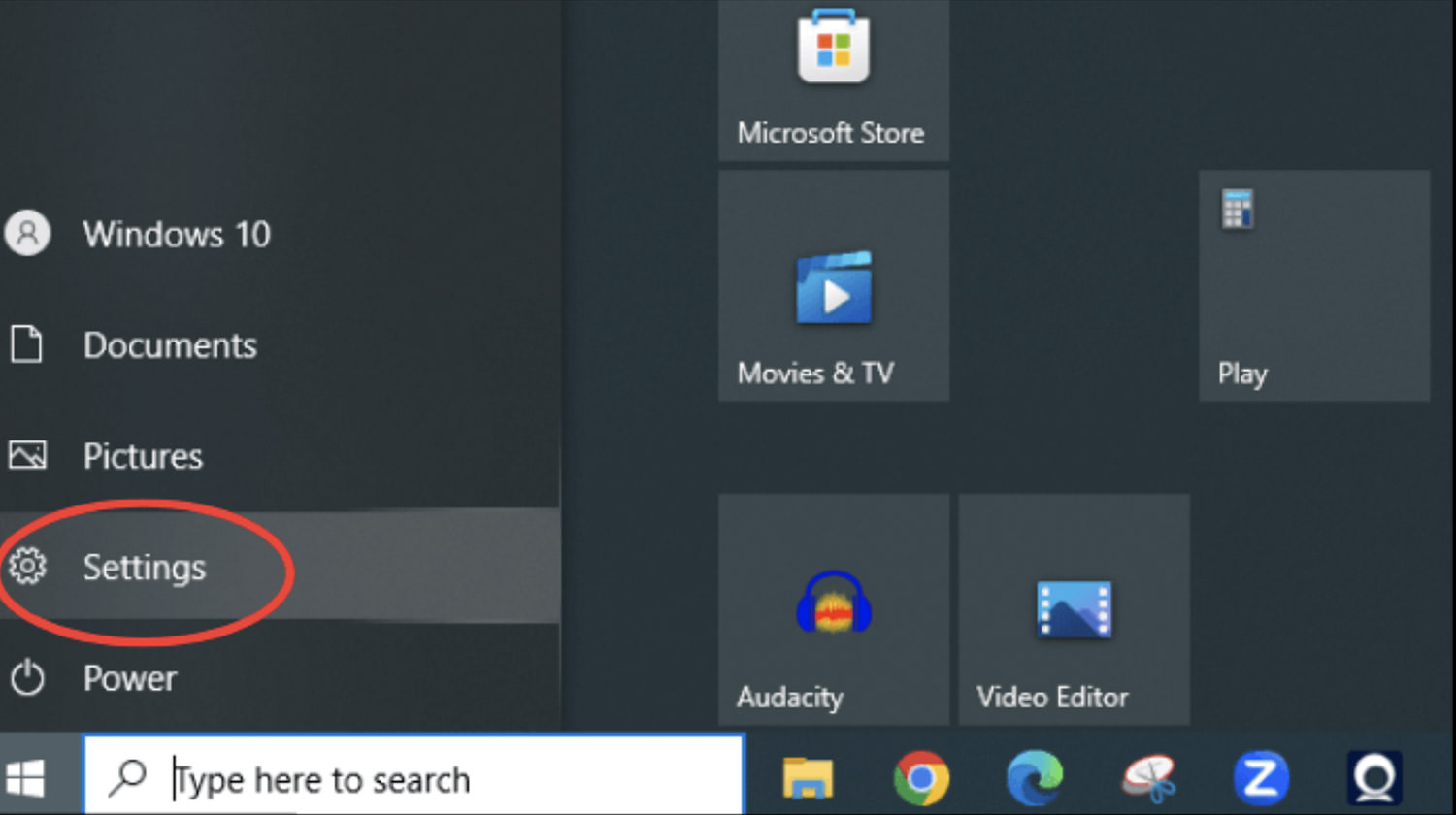
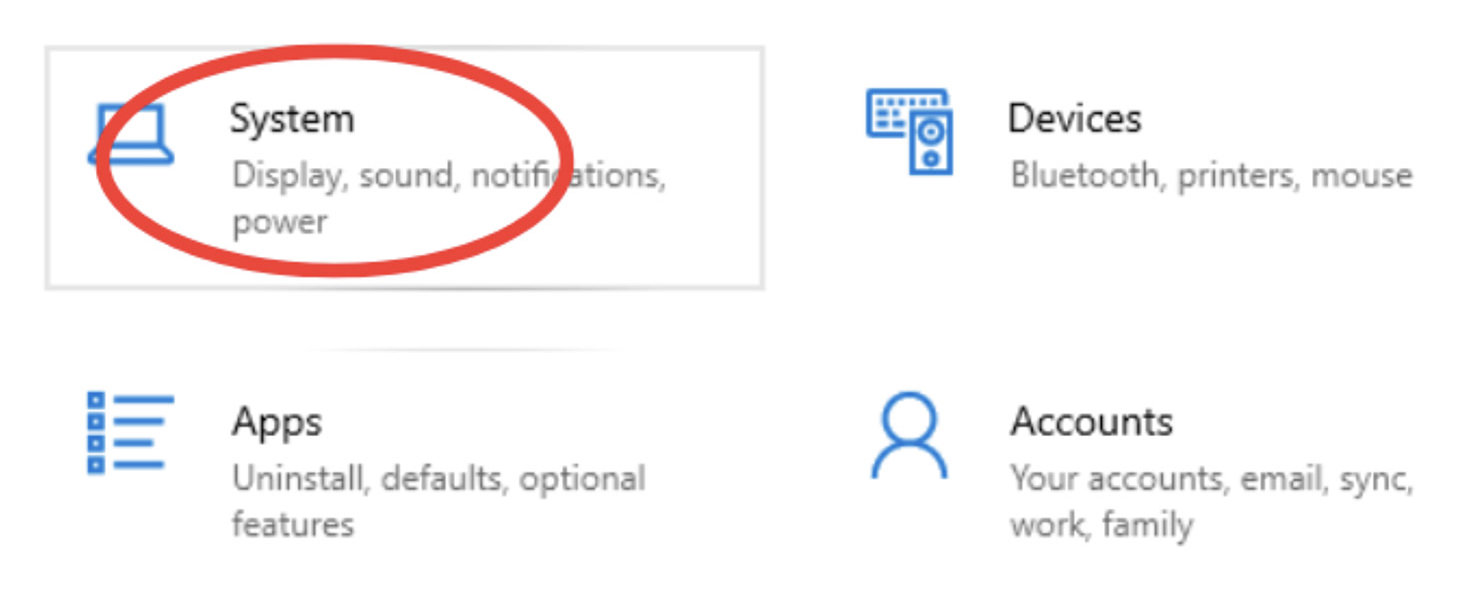

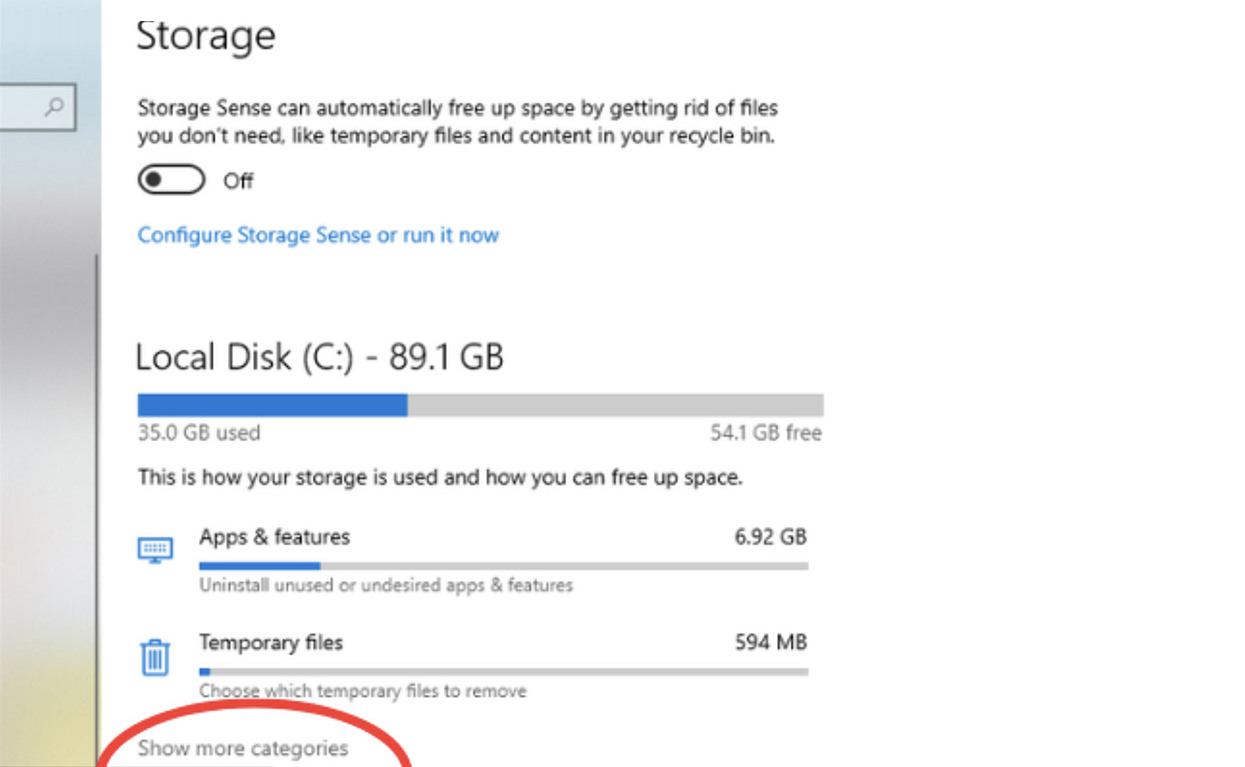

By following these steps, you’ll determine what is occupying all your disk space through computer settings. As depicted in the screenshot above, it displays storage consumption reports for various apps, programs, temporary files, pictures, music, maps, documents, videos, mail, OneDrive, and other files on your disk.
Conclusion
Understanding what consumes your disk space is crucial for efficient storage management. Several factors, such as excessive applications, saved files, system corruption, temporary files, and malware, might be responsible for diminishing storage.
This article introduces two prominent methods to identify space consumption on Windows: the EaseUS Partition Master and the built-in Windows settings. The EaseUS Partition Master stands out as a multifaceted disk management tool, offering features like identifying major space consumers, managing partitions, and cloning systems.
In contrast, Windows settings provide a transparent overview of space used by various apps and files. Utilizing these methods can greatly improve your disk space management.
If the features of EaseUS Partition Master intrigue you, consider downloading and installing it to efficiently manage your storage.
Frequently Asked Questions:
Still have queries about disk space management? Delve into our FAQs for a clearer understanding.
Why is my disk space full even though it seems empty?
Several factors might be responsible, such as hidden or system files, temporary data, corrupted files, and malware. Addressing this requires actions like unveiling hidden files, employing disk cleaners, eliminating temporary data, initiating disk checks, and utilizing antivirus tools. Implementing these can not only free up space but also enhance system health.
What occupies space on my Mac’s hard drive?
Predominant space consumers on Mac include system files, applications, media files, temporary data, trash, and backups. Effective management involves using Disk Utility, uninstalling redundant apps, eradicating unneeded files, emptying the trash bin, and opting for external storage, such as iCloud.
Can a full SSD decrease its longevity?
A saturated SSD might experience reduced longevity due to escalated write amplification, leading to faster wear. For optimal durability and performance, it’s wise to retain 10-20% of the SSD’s capacity unoccupied.